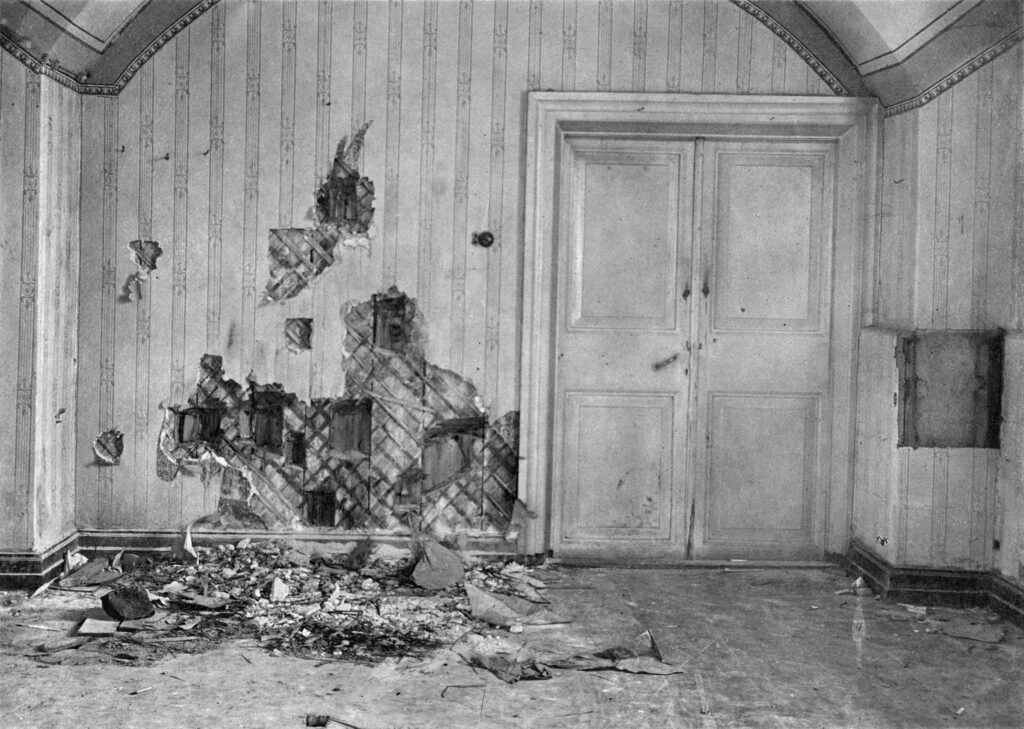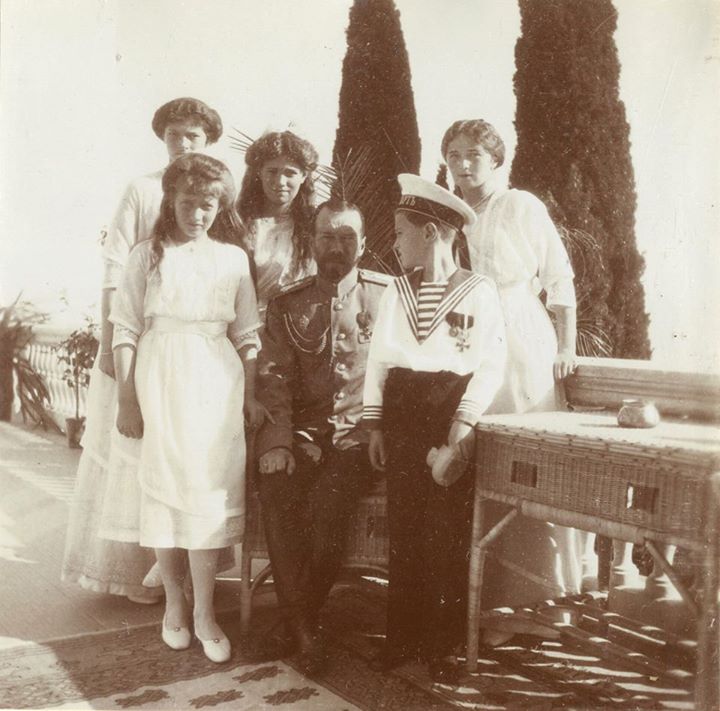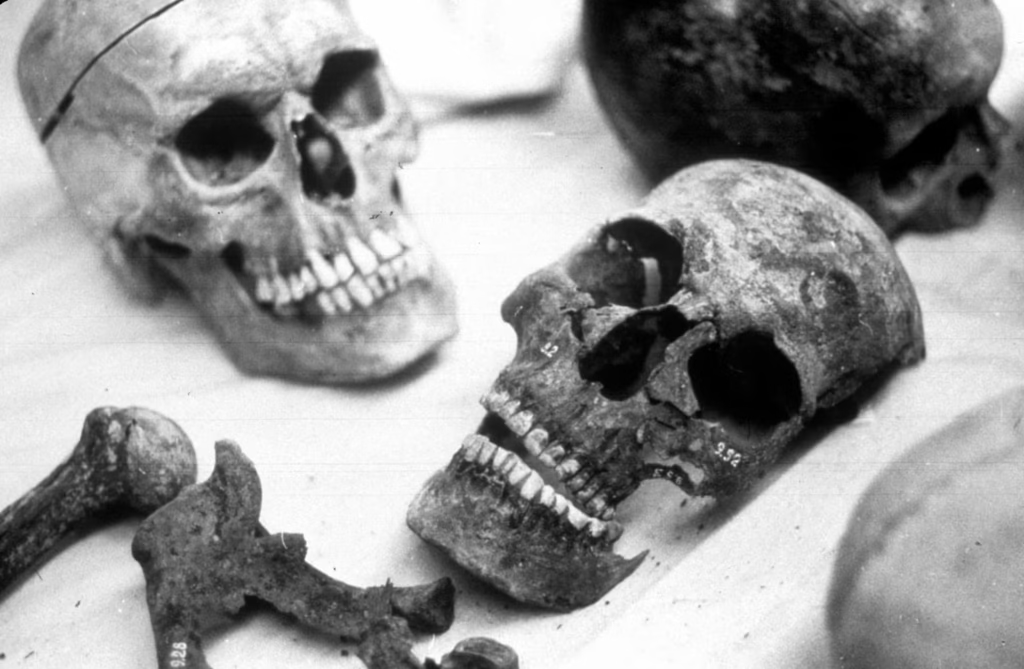“The Murder of the Romanovs: The Tragic End of Russia’s Imperial Family”

Introduction
The murder of Tsar Nicholas II and his family in July 1918 remains one of the most infamous and haunting events of the 20th century. It marked the violent end of the 300-year-old Romanov dynasty and symbolized the fall of imperial Russia amidst revolution, war, and political chaos.
More than just a historical crime, the murder of the Romanovs was a calculated act of political repression by the Bolsheviks, intended to prevent the return of monarchy and solidify their hold on revolutionary Russia.
This article explores the full story—from the rise of the Romanovs to the family’s final days, the reasons behind their execution, and the enduring mystery and myth that followed.

The Romanov Dynasty: A Brief Overview
- The Romanovs ruled Russia from 1613 to 1917, beginning with Michael I and ending with Nicholas II.
- Under their rule, Russia transformed from a feudal kingdom into a vast empire, spanning Europe and Asia.
- The dynasty oversaw major historical events, from the expansion into Siberia to the rise of Petersburg, and from Napoleonic wars to industrial modernization.
By the late 19th and early 20th centuries, the Romanovs faced growing discontent from peasants, workers, intellectuals, and revolutionaries due to poverty, inequality, and autocratic rule.
Nicholas II: The Last Tsar
- Nicholas II, crowned in 1894, was a deeply religious and family-oriented man—but widely viewed as indecisive and politically out of touch.
- He resisted political reform, notably refusing to implement constitutional monarchy effectively after the 1905 Revolution.
- His wife, Alexandra, was German-born and distrusted by the Russian public. Her close relationship with the mystic Rasputin added to scandal and suspicion.
Key Events Under His Rule:
- Russo-Japanese War (1904–05) – humiliating defeat for Russia
- Revolution of 1905 – resulted in the creation of the Duma (parliament)
- World War I (1914–1918) – catastrophic losses, economic collapse, food shortages
By 1917, Russia was on the brink of collapse. Protests and mutiny erupted in Petrograd (St. Petersburg), and Nicholas abdicated in March 1917 during the February Revolution, ending three centuries of Romanov rule.
The Romanovs in Captivity
After abdication, Nicholas and his family—including his wife Alexandra, daughters Olga, Tatiana, Maria, Anastasia, and son Alexei—were placed under house arrest.
Timeline of Captivity:
- March–August 1917: Held at the Alexander Palace in Tsarskoye Selo
- August 1917: Moved to Tobolsk in Siberia by the Provisional Government for safety
- April 1918: Relocated by the Bolsheviks to the Ipatiev House in Yekaterinburg, controlled by the Ural Soviet
Conditions worsened drastically under Bolshevik custody. The family lived under strict surveillance, with minimal privacy or communication with the outside world.

The Execution: July 17, 1918
In the early hours of July 17, 1918, the Romanovs were brutally executed in the basement of the Ipatiev House.
Who Ordered the Execution?
- The direct order was given by the Ural Soviet under Yakov Yurovsky, the local Bolshevik leader.
- While debated, most historians agree the execution was approved—if not directly ordered—by Lenin and the Bolshevik leadership, to prevent any possibility of rescue by the advancing White Army during the Russian Civil War.
The Execution Details:
- The family was told they were being moved for their safety.
- Around 2 a.m., they were awakened and led to the basement.
- Yurovsky read a statement declaring their execution “in the name of the revolution.”
- Eleven people were killed: Nicholas, Alexandra, their five children, and four loyal servants.
- The killing was chaotic—bullets, bayonets, and clubbing were used. The young daughters, wearing jewels sewn into their clothing, initially survived gunfire and were stabbed to death.
Aftermath and Disposal of the Bodies
- The bodies were loaded onto a truck and taken to Koptyaki Forest.
- Yurovsky’s team mutilated, burned, and buried the corpses in unmarked graves, attempting to destroy evidence.
- To confuse future investigators, two bodies (likely Maria and Alexei) were buried separately from the rest.
Discovery of the Romanov Graves
- In 1979, amateur historians found the main burial site near Yekaterinburg but kept it secret until after the fall of the Soviet Union.
- In 1991, the remains were officially exhumed and tested.
DNA Identification:
- Advanced DNA testing in the 1990s confirmed the identities of Nicholas, Alexandra, and three daughters.
- In 2007, the remains of Alexei and a sister (Maria or Anastasia) were found in a second grave.
All seven family members were finally accounted for.
Canonization and Rehabilitation
- In 2000, the Russian Orthodox Church canonized the Romanovs as passion bearers (not martyrs), recognizing their piety and suffering.
- In 2008, the Russian Supreme Court formally rehabilitated Nicholas and his family as victims of political repression.
They are now venerated in Russia, and their murder is seen as a national tragedy and symbol of the violence of revolutionary extremism.
Myths and Survivors: The Anastasia Mystery
For decades, rumors persisted that one or more Romanov children had survived.
- The most famous case involved Anna Anderson, a woman who claimed to be Grand Duchess Anastasia. Her story captivated the world but was ultimately disproven by DNA testing in the 1990s.
- Books, films, and legends—such as Anastasia (1997 animated film)—kept the myth alive for generations.
Historical Significance
The murder of the Romanov family was:
- A symbolic rejection of monarchy and autocracy.
- A warning to counter-revolutionaries and foreign powers that the old regime would never return.
- A moral stain that later troubled even many Bolsheviks.
It remains a pivotal moment in the history of Russia’s descent into civil war, the rise of totalitarianism, and the legacy of revolutionary violence.

Conclusion
The brutal execution of Tsar Nicholas II and his family was not merely the fall of a royal house—it was the death knell of imperial Russia and the birth of a new, radical era. Rooted in revolution, shaped by fear, and justified by ideology, their murder left an indelible scar on history.
Over a century later, the Romanovs have gone from being vilified monarchs to martyrs of history, their tragic fate now honored in cathedrals, museums, and the collective memory of a nation still reckoning with its past.




